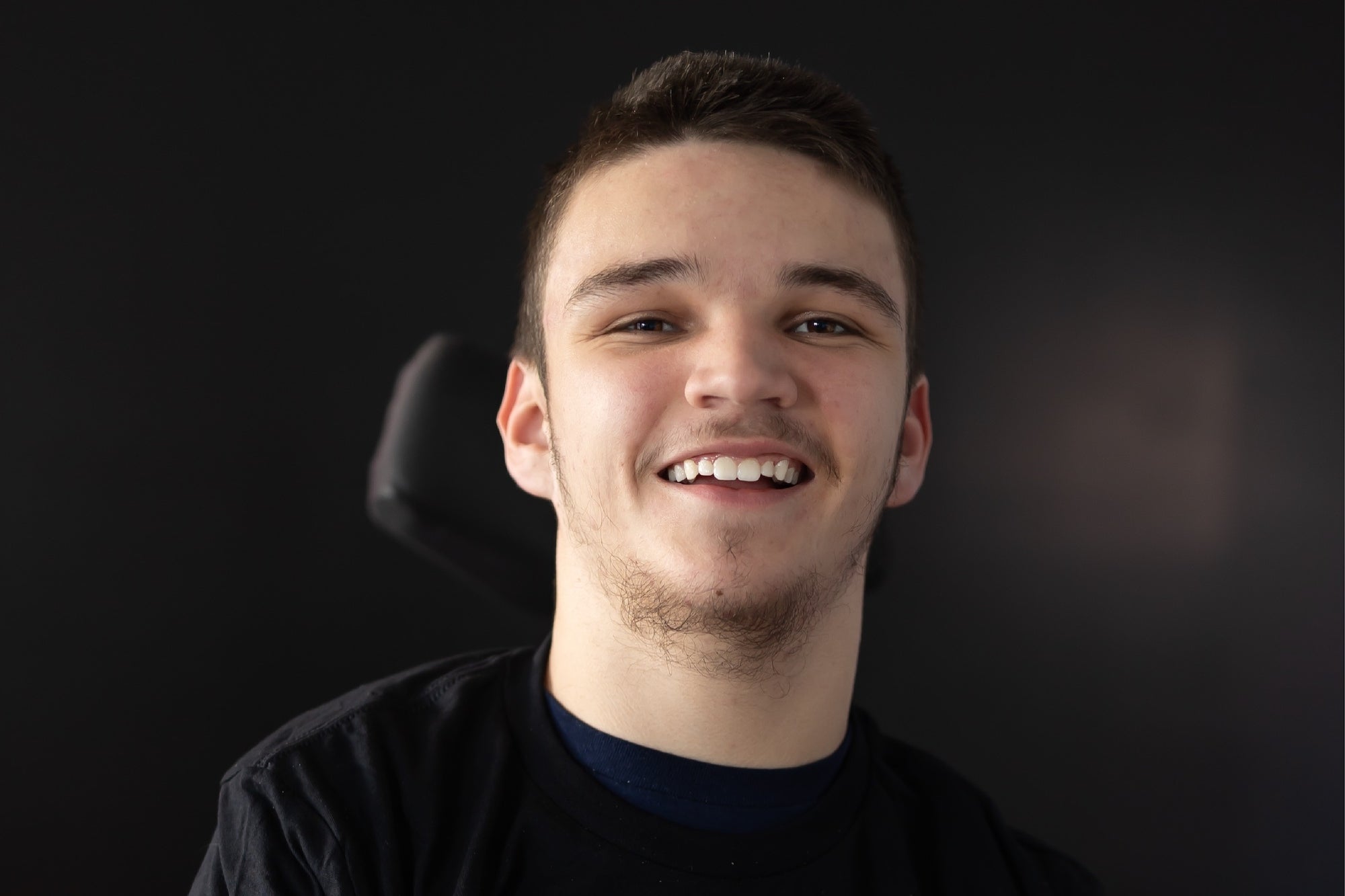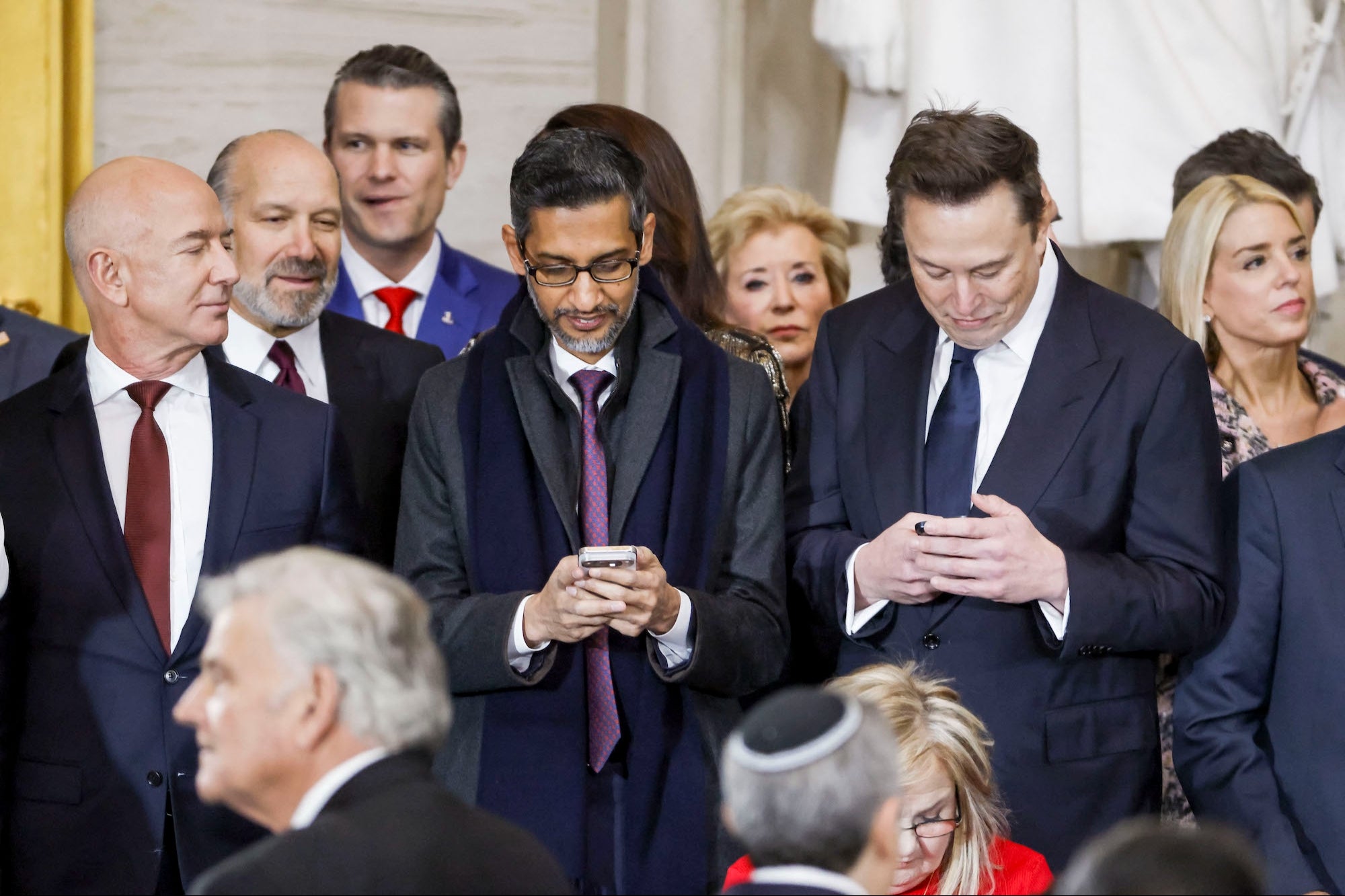How to Spot a Fake Influencer Marketers who want to work with influencers should heed this advice before hiring someone.
By Lee Scarratt Edited by Jessica Thomas
Opinions expressed by Entrepreneur contributors are their own.

When used effectively, influencer marketing can produce incredible results for brands, providing a good return on investment — some 94 percent of marketers who use influencer marketing strategies believe it is effective. But as it becomes easier to buy followers and likes, the problem of so-called "fake influencers" who employ shameless tactics to misrepresent themselves has made it a risky game. The influencer marketing industry is estimated to be worth $5 to $10 billion, but research shows up to 24 percent of influencers have falsely manipulated their engagement numbers. This not only makes it more difficult for real influencers, but also causes marketers to be more cautious when thinking about trying to use them.
As a brand, you don't want to associate yourself with fake influencers, nor do you want to waste your money on them. You need to know how to look properly for real influencers and how to identify fake ones from the herd. Luckily, the best way to spot these fake influencers is fairly simple — so long as you know what to look for.
So what is a fake influencer?
They are often bots or real people who purchase their likes and followers to help raise their engagement artificially, making them appear to have a strong following and thus a good influence over the market. That's not the reality, though, and you'd get better results by opening your window and throwing your cash out into the street.
How do you spot a fake?
The simplest way to spot a fake influencer is to go into their follower list and glance at the accounts. Look out for profiles without an image as their display photo, few to no followers and/or following, no posts and also private accounts. Another marker is if followers have clearly made up names, particularly if their handles contain lots of numbers. If there are a lot of these accounts then it is quite likely these are bots that have been bought. The same can be done for likes and comments too.
Follower to engagement ratio
Do they have 10,000 followers but are only getting a few likes on their photos? Then it's likely that they have bought followers to make them appear more popular. This is surprisingly inexpensive: Buzzoid, an "influence" booster business, offers 5,000 "quality" followers for $39.99. Perhaps they have 10,000 followers and 1,000 likes, but only a few comments? This is also an indicator that they have bought both their followers and likes. A legitimate account with this many followers should be getting at least a few hundred comments on posts if they have real followers that are actually engaging with them. But that's not all — comments can also be bought if this individual is sparing no expense to make themselves look legitimate. How to spot a fake? Simple. Look for simple emoji responses or generic comments like "Awesome!" and "Love it!"
Related: Are Influencers Worth Your Money? We Went Undercover to Find Out.
Screening process
One of the best ways to determine if an influencer is right for your marketing is by asking for screenshots of their audience insights. Those provide you with their followers' top five locations (cities and countries), age range and gender. This information can be a valuable tool for determining if they will be influencing the same demographics that align with your marketing. Remeber also that it's not just size that matters, trends show that 2020 will see an increase of nano-influencers as they have a more authentic connection to a highly-committed audience.
Ask for references
Having someone market for you is no different from hiring a new employee. Go through similar processes, such as asking for references from previous brands, companies and businesses they have worked with. Don't be sucked in by big numbers and empty promises. Make sure you have proof first and that they are actually able to deliver before sending them anything. There is no harm in asking what the ROIs were for those collaborations — and the evidence to back it up.
Insights and statistics
A real influencer more than likely has a business account, which allows them to view their reach, impressions and other statistics so they can monitor how well their posts are doing. Don't be afraid to ask for their latest engagement statistics in the form of a screenshot for both their account and their latest posts. If someone has thousands of followers but a true reach of a lot less, this is another red flag and should be looked into before you hire them. Engagement rate benchmarks vary by age, industry and follower size but generally fall in the 4 percent to 8 percent range.
The bottom line
Most business decisions boil down to hard-headed analysis of a proposition. All the usual caveats apply, not least one of the oldest: if it looks too good to be true, it probably is. So you have to scrutinise exactly what you're getting for what you're prepared to spend.
If you do fall prey to a fake influencer and invest in them to promote and market your products, then you're unlikely to see a rise in your actual sales, which is the bottom-line metric for measuring your ROI. These basic checks will save you a lot of time — and money.
Related: 11 Common Mistakes You're Making With Influencer Marketing









